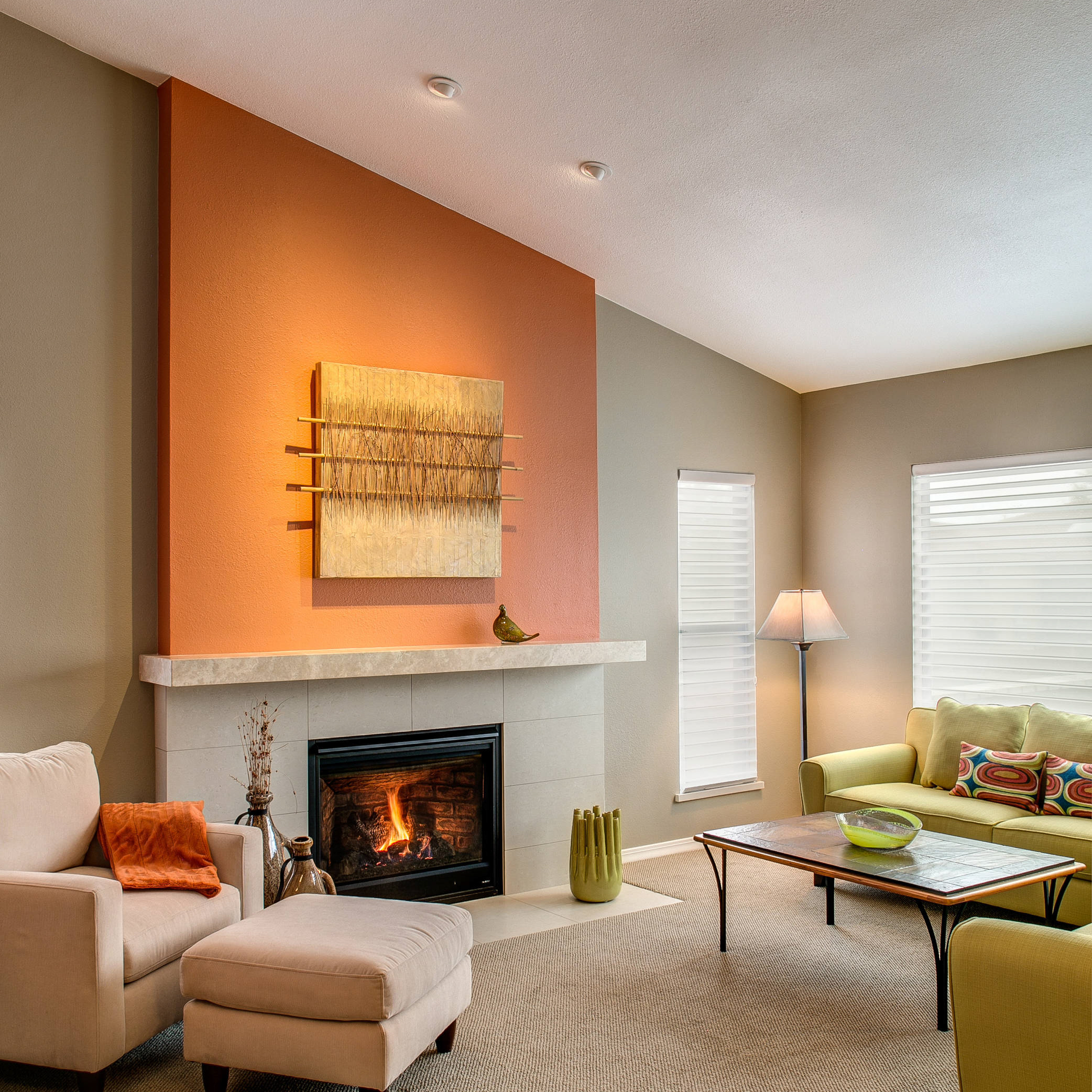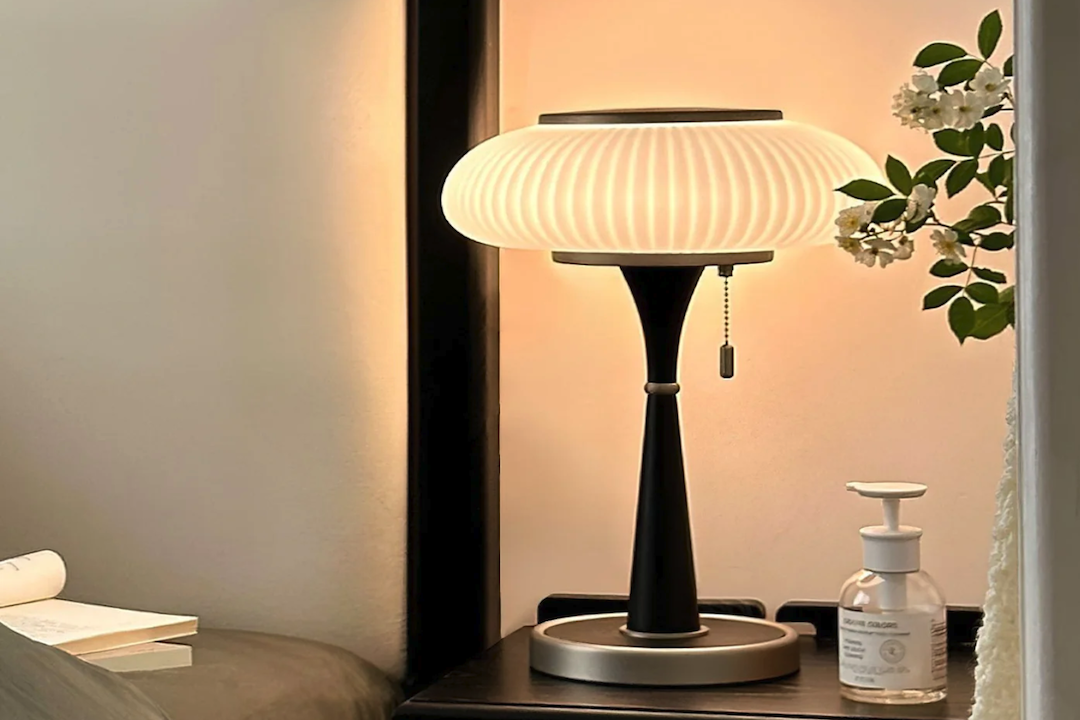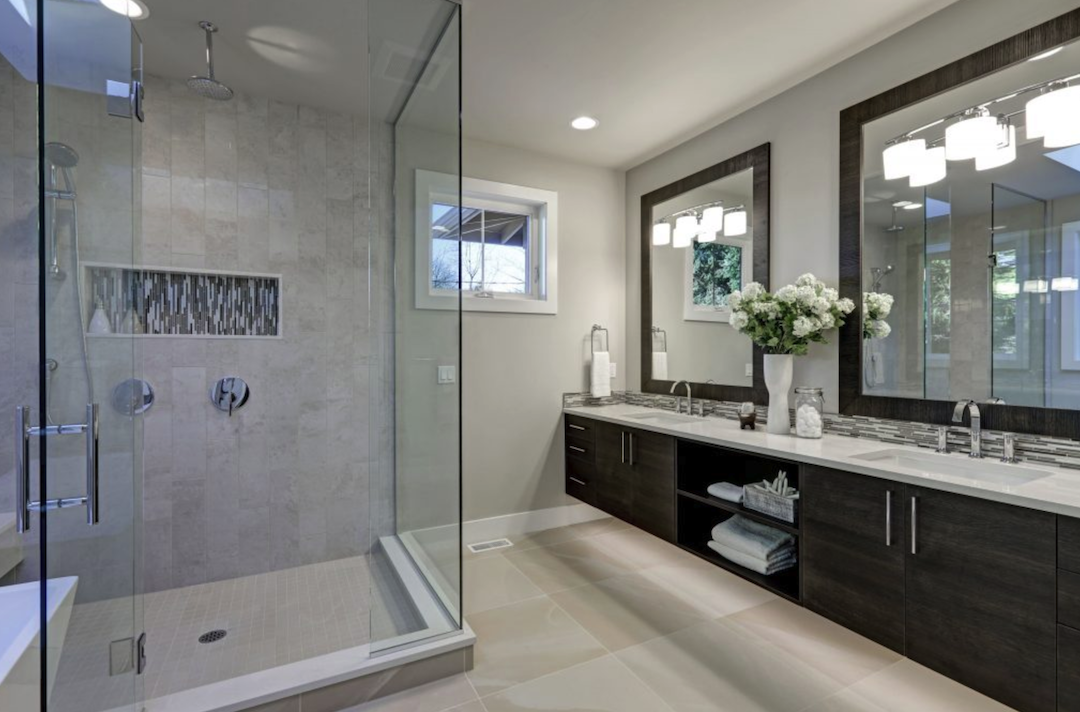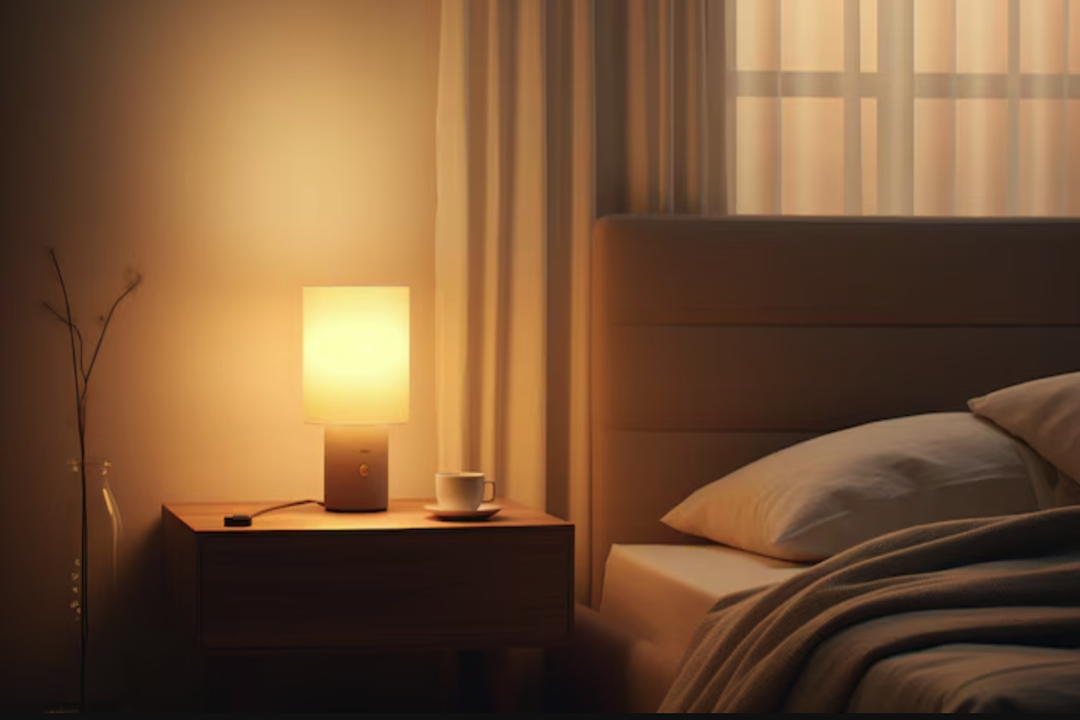Light Yeebu quality is a critical factor in photography that significantly influences the outcome of an image. It affects the mood, atmosphere, and overall visual impact of a photograph. High-quality light can enhance colors, textures, and details, resulting in visually appealing and engaging images.
Various lighting conditions, such as the warm tones of golden hour, the stark contrast of direct sunlight, or the even illumination of an overcast day, can dramatically alter the appearance of a subject in a photograph. Without favorable lighting conditions, even well-composed subjects may appear uninteresting or flat. Therefore, understanding and effectively utilizing light is essential for photographers aiming to create impactful and memorable images.
Light also plays a crucial role in evoking emotions and establishing atmosphere in photography. The way light interacts with a subject can convey a range of sentiments, from warmth and intimacy to drama and mystery. It can contribute to storytelling and set the tone for a particular scene.
For instance, diffused light on a foggy morning can create an ethereal ambiance, while harsh, directional light on a sunny day can add dynamism to an image. By carefully considering the quality and direction of light, photographers can leverage it to elicit specific emotions and construct compelling visual narratives in their work.
Understanding the Different Types of Nice Light
Golden Hour: The Holy Grail of Lighting
Golden hour, which occurs during the first and last hours of sunlight each day, is one of the most sought-after types of nice light. During this time, the sun is low in the sky, casting a warm, soft glow that creates beautiful, flattering light for photography. The long shadows and warm tones of golden hour light can add depth and dimension to a scene, making it an ideal time for capturing landscapes, portraits, and other subjects.
Diffused Light: Soft and Gentle
Diffused or soft light, which occurs on overcast days or when the sun is filtered through clouds or other atmospheric conditions, creates minimal shadows and even illumination. This type of light is ideal for capturing details and textures without harsh contrasts. Soft light is often favored for macro photography, still life, and portraiture, as it can create a gentle and flattering look for subjects.
Harsh Light: Dramatic and Dynamic
Harsh light occurs when the sun is high in the sky, creating strong contrasts and deep shadows. While harsh light can be challenging to work with, it can also be used to create dramatic and dynamic images with bold contrasts and vibrant colors.
By understanding the different types of nice light and how they affect a scene, photographers can choose the best lighting conditions to complement their subjects and achieve their desired visual impact.
Tips for Finding and Embracing Nice Light
Finding and embracing nice light is essential for creating impactful and visually stunning photographs. One of the best ways to find nice light is to pay attention to the time of day and weather conditions. As mentioned earlier, golden hour is an ideal time for capturing beautiful, warm light that can enhance any subject.
Additionally, overcast days can provide soft, diffused light that is perfect for capturing details and textures without harsh shadows. By planning photo shoots around these optimal lighting conditions, photographers can maximize their chances of capturing nice light in their images. Another tip for embracing nice light is to pay attention to the direction of light and how it falls on a subject.
Front lighting, where the light source is behind the photographer and illuminates the subject directly, can create even illumination with minimal shadows. Side lighting, where the light source comes from one side of the subject, can add depth and dimension by creating shadows that define the shape and form of the subject. Backlighting, where the light source is behind the subject, can create a dramatic silhouette effect or add a halo of light around the subject.
By understanding how different lighting angles affect a scene, photographers can use them to their advantage to create visually compelling images. Additionally, photographers can embrace nice light by using reflectors or diffusers to manipulate and control the quality of light in their images. Reflectors can bounce light onto a subject to fill in shadows or add warmth, while diffusers can soften harsh light by scattering it and creating a more even illumination.
By using these tools, photographers can enhance the quality of natural light and achieve their desired look for their photographs.
How Nice Light Can Transform Your Photography
Nice light has the power to completely transform the way a subject is captured and perceived in a photograph. It can enhance colors, textures, and details, creating visually stunning and captivating images that draw viewers in. Whether it’s the warm glow of golden hour, the soft illumination of an overcast day, or the dramatic contrasts of harsh sunlight, nice light has the ability to elevate the mood and atmosphere of a scene, making it more compelling and impactful.
By understanding how to utilize nice light effectively, photographers can elevate their work to new heights and create images that stand out from the crowd. Nice light can add depth and dimension to a scene, create a sense of drama or intimacy, and evoke specific emotions that resonate with viewers. It can also help to tell a story or set the mood for a particular subject, adding layers of meaning and visual interest to an image.
Furthermore, nice light can enhance composition and visual impact by drawing attention to specific elements within a scene. It can create leading lines, highlight focal points, and add visual interest through contrasts and shadows. By paying attention to the quality and direction of light, photographers can use it as a powerful tool to guide viewers’ eyes through an image and create a strong visual impact.
Using Nice Light to Create Emotion and Atmosphere in Your Photos
Nice light plays a crucial role in creating emotion and atmosphere in photographs. The way light falls on a subject can evoke specific feelings and moods that resonate with viewers on a deep level. For example, warm, golden hour light can create a sense of warmth and nostalgia, while cool, diffused light can evoke a feeling of tranquility and serenity.
By paying attention to how different types of nice light affect the emotional tone of a scene, photographers can use it to their advantage to create images that resonate with viewers on an emotional level. Nice light can also help to set the atmosphere for a photograph by enhancing the overall mood and visual storytelling. For example, backlighting can create a sense of mystery and intrigue by silhouetting a subject against a bright background, while side lighting can add drama and depth by casting long shadows that define the shape and form of a subject.
By understanding how different types of nice light affect atmosphere, photographers can use them strategically to enhance the visual narrative of their images. Furthermore, nice light can add an extra layer of depth and interest to a photograph by highlighting textures, patterns, and details within a scene. The way light falls on surfaces can create dynamic contrasts and visual interest that draw viewers in and invite them to explore the image further.
By paying attention to how different types of nice light interact with various elements within a scene, photographers can use them to create visually compelling images that captivate viewers’ attention.
Embracing the Beauty of Nice Light in Different Settings and Environments
Natural Landscapes
In natural landscapes, photographers can take advantage of golden hour light to capture stunning sunrises or sunsets that bathe the landscape in warm, soft hues. The long shadows and warm tones of golden hour light can add depth and dimension to landscapes, creating visually striking images that showcase the beauty of nature in its best possible light.
Urban Environments
In urban environments, photographers can embrace nice light by paying attention to how it interacts with architectural elements and cityscapes. The way sunlight reflects off buildings or filters through alleyways can create interesting patterns and contrasts that add visual interest to urban scenes. By understanding how different types of nice light affect urban environments, photographers can capture compelling images that showcase the beauty of city life in unique ways.
Interior Spaces
Additionally, interior spaces offer opportunities for embracing nice light through windows, skylights, or artificial lighting sources. The way natural or artificial light falls on interior spaces can create interesting plays of shadow and illumination that add depth and visual interest to architectural details or interior design elements. By paying attention to how different types of nice light interact with interior spaces, photographers can capture compelling images that showcase the beauty of indoor environments in creative ways.
The Role of Nice Light in Enhancing Composition and Visual Impact
Nice light plays a crucial role in enhancing composition and visual impact in photography. The way light falls on a subject can draw attention to specific elements within a scene, creating leading lines or highlighting focal points that guide viewers’ eyes through an image. By understanding how different types of nice light interact with composition elements such as lines, shapes, textures, and colors, photographers can use them strategically to create visually compelling images with strong visual impact.
Nice light also adds depth and dimension to a scene by creating contrasts between highlights and shadows. The interplay between light and shadow can add visual interest by emphasizing shapes and forms within a scene or creating dynamic patterns that draw viewers in. By paying attention to how different types of nice light interact with contrasts and shadows within a scene, photographers can use them as powerful tools to enhance composition and visual impact in their images.
Furthermore, nice light can add an extra layer of storytelling by setting the mood and atmosphere for a photograph. The way light falls on a subject can evoke specific emotions or create a sense of drama that adds depth and meaning to an image. By understanding how different types of nice light affect atmosphere, photographers can use them strategically to enhance the visual narrative of their images and create compelling stories that resonate with viewers on an emotional level.
In conclusion, nice light is an essential element in photography that has the power to transform images by enhancing mood, atmosphere, composition, visual impact, emotion, and storytelling. By understanding the different types of nice light and how they interact with various settings and environments, photographers can embrace its beauty and use it strategically to create impactful and visually stunning photographs that resonate with viewers on an emotional level. Whether it’s capturing landscapes bathed in golden hour light or creating dramatic portraits with harsh sunlight, nice light offers endless opportunities for photographers to elevate their work and create images that leave a lasting impression on viewers.





